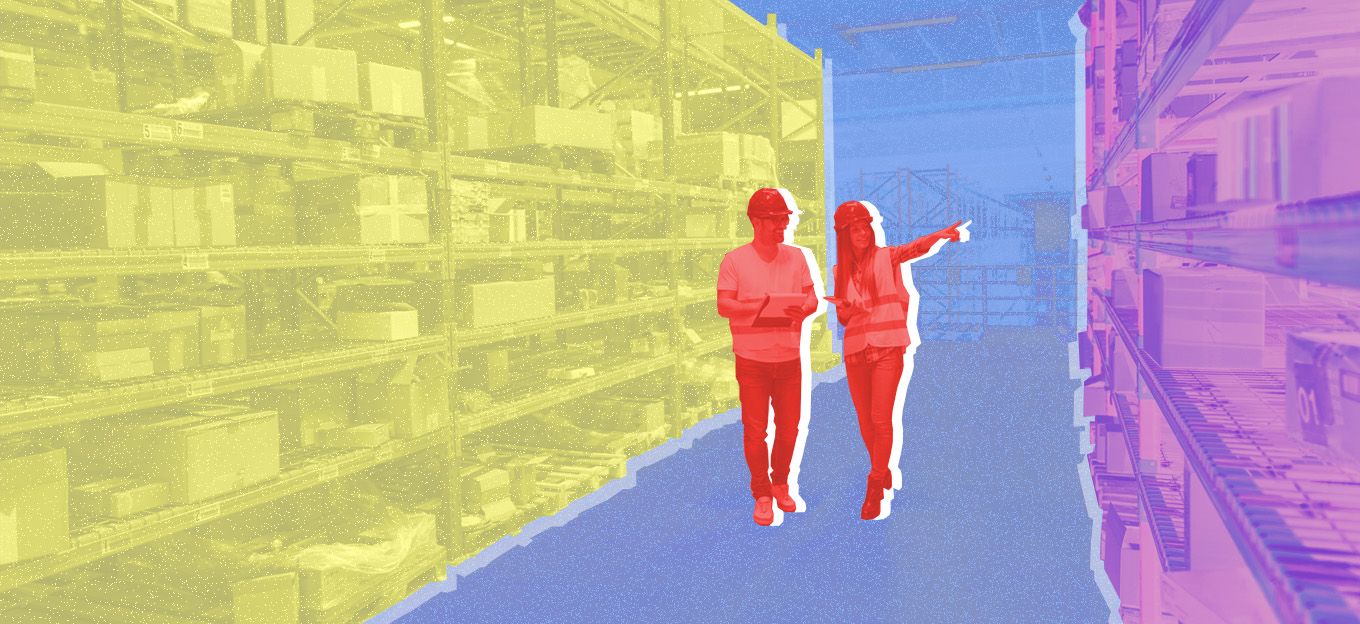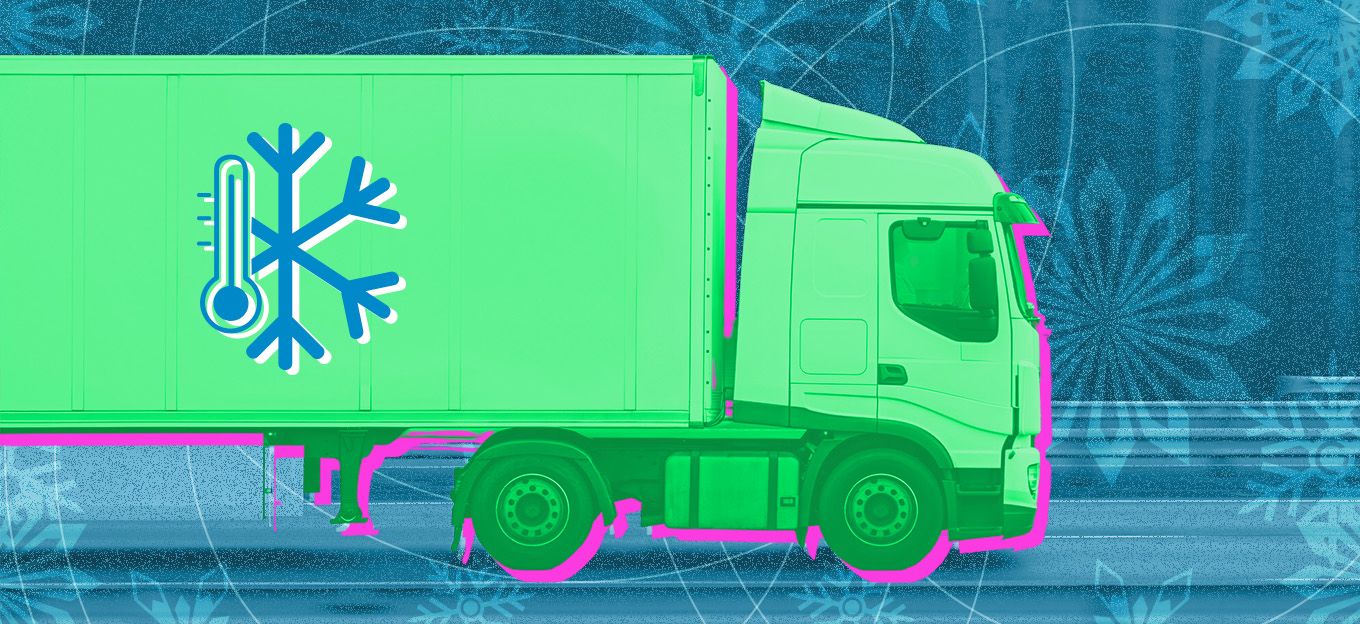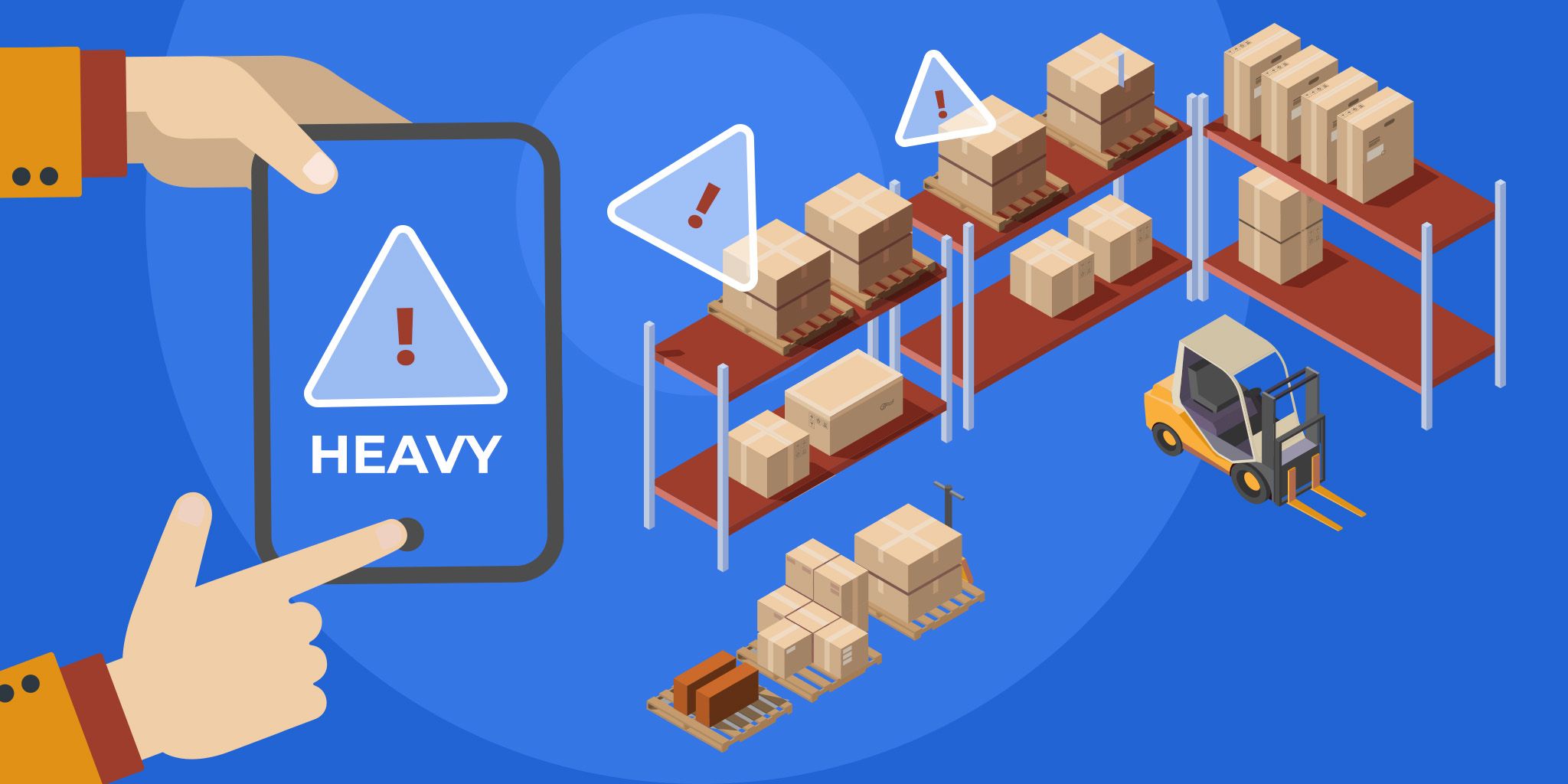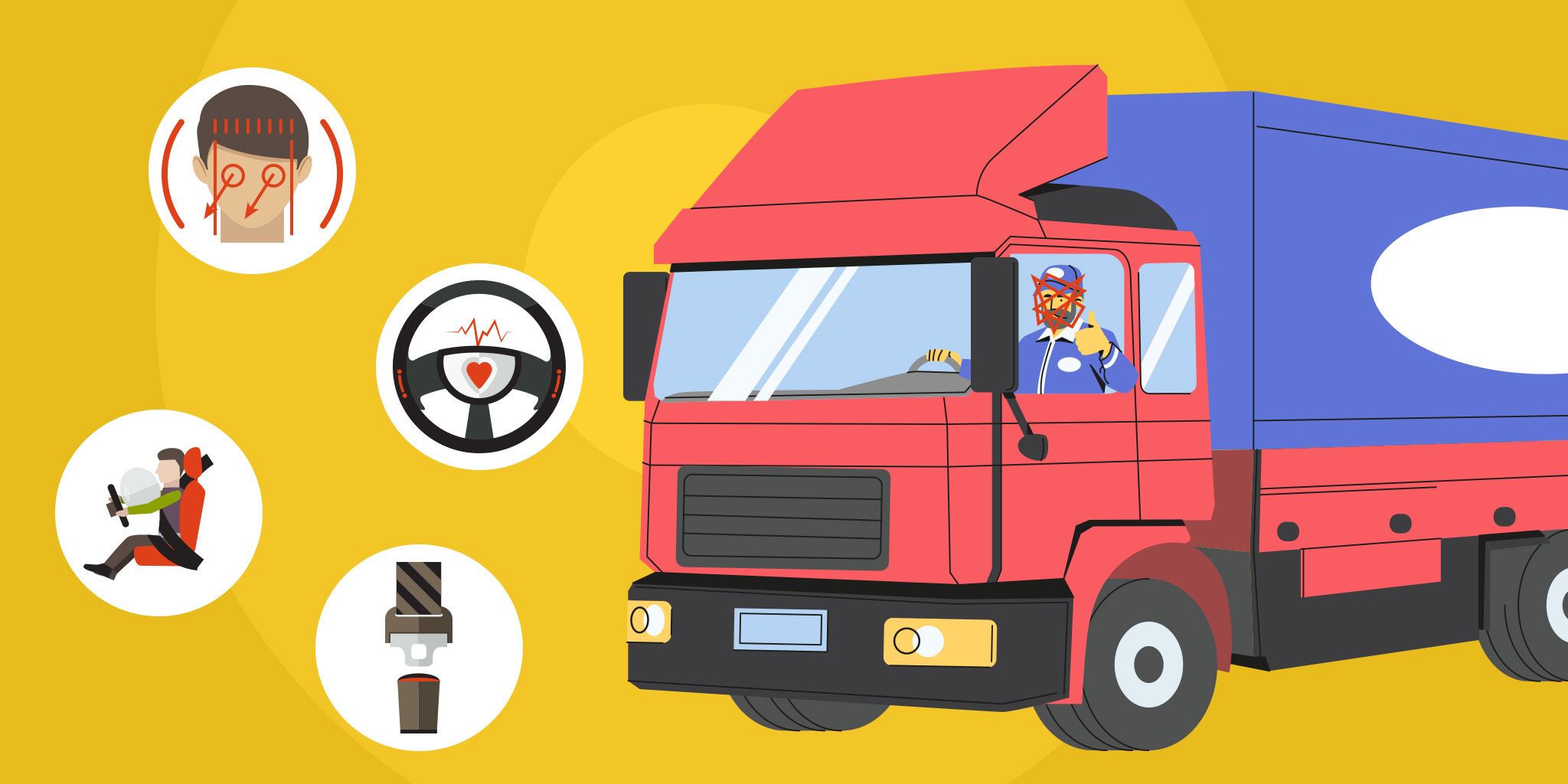How IoT Enhances AGVs in Smart Warehouses
How IoT Enhances AGVs in Smart Warehouses
- Last Updated: July 25, 2025
Zac Amos
- Last Updated: July 25, 2025



Warehouses have evolved from static storage spaces into hyperconnected nerve centers. Radio frequency ID (RFID) tags, environmental sensors and cloud dashboards collect data in every aisle, while automated guided vehicles (AGVs) shuttle pallets without a human behind the wheel.
The Internet of Things (IoT) glues everything together — giving robots and inventory systems a common language. By linking machines in real time, smart facilities boost speed, accuracy and safety at a scale manual labor alone cannot achieve.
What Are AGVs and IoT?
An AGV is a driverless, battery-powered vehicle that follows a programmed path to move goods around a facility. Unlike traditional forklifts, AGVs rely on cameras, sensors, LiDAR and onboard processors to "see" their surroundings and self-navigate.
IoT is the mesh of connected sensors, devices and analytics platforms that lets equipment share data over wired or wireless networks. When an AGV's location beacon updates a warehouse management system (WMS) every second, that is IoT in action — and it's the reason AGVs slot neatly into today's data-driven logistics stacks.
7 Ways IoT Improves AGVs in Smart Warehouses
According to one study, roughly half of the tasks that cost companies $15 trillion in wages could be robotically automated. Add to that the fact that order-picking alone accounts for around 55% of a warehouse's operating expenses, and the business case for smarter, IoT-enabled AGVs becomes hard to ignore.
1. Real-Time Location Tracking and Navigation
IoT beacons and ultra-wideband (UWB) tags can stream precise coordinates to fleet management software. This enables AGVs to chart centimeter-level routes and reroute on the fly when an aisle clogs. A single data packet contains position, speed, load weight and battery state so traffic management algorithms can orchestrate dozens of vehicles without collisions or gridlock. This live map also feeds slotting software and shifts inventory closer to outbound doors — trimming the travel distance for the next task.
2. Predictive Maintenance
Broadcast health metrics to cloud analytics using the temperature probes and current-draw monitors inside an AGV's drive train. Machine-learning models can flag a bearing that vibrates above the baseline or a motor that consumes extra amps — prompting technicians to swap the part during the next break instead of after a costly breakdown. Predictive maintenance can cut unscheduled downtime by double-digit percentages while slashing repair spend.
3. Seamless Integration With Other Warehouse Systems
Modern AGVs offer open APIs and MQTT messaging, allowing real-time handshakes with conveyors, robotic arms and enterprise planning software. IoT gateways translate each protocol, so inventory, maintenance and production data land in a single dashboard. Industry experience shows that implementation can be gentle. AGV tracks can be embedded in existing floors with minimal disruption, and fleets can scale gradually — one to two vehicles at a time — to avoid a massive upfront delay.
4. Enhanced Safety
Layered LiDAR and ultrasonic sensors — networked into the facility's safety PLC — let AGVs detect people, forklifts or stray pallets in milliseconds. If something intrudes into a programmable slow or stop zone, the vehicle decelerates or brakes automatically and a warning flashes on the operator's dashboard. The latest LiDAR zone-monitoring tech for warehouses can embed real-time 3D safety envelopes into each sensor, offloading computation from the vehicle and increasing reaction speed.
5. Energy Efficiency and Cost Savings
IoT analytics don't just plan paths — they optimize battery life. Charge-level data, route length and queue times feed algorithms that assign the nearest charger with the correct amperage — reducing idle time. Add general IoT sensor safety and efficiency advantages, and the savings compound across parts, labor and electricity bills.
6. Smarter Inventory Management
Every pickup and dropoff triggers an IoT event that posts to the WMS, turning the AGV fleet into rolling inventory auditors. Stock counts update instantly — minimizing "ghost stock" and eliminating manual cycle counts. IoT-derived weight sensors verify that the right SKU is on board before the vehicle leaves, while location pings ensure that put-away happens in the correct lane.
7. Remote Monitoring and Control
Because every sensor is published to the cloud, supervisors can track fleet health and traffic from a tablet at home or on another continent. Visual dashboards show color-coded vehicle states, mission queues and heat maps of congestion. If a blockage appears, a manager can reroute a single AGV or dispatch a maintenance ticket in seconds. These remote-access perks shrink response times and broaden the talent pool so experts can oversee multiple facilities without being on-site.
Cybersecurity — Protecting Connected AGVs
More connectivity means a larger attack surface. A compromised sensor can spoof location data and crash a fleet. Basic defenses include network segmentation — keeping the AGV VLAN separate from guest Wi-Fi — certificate-based device authentication, over-the-air patching and real-time anomaly detection for traffic spikes. Staff should be trained to spot phishing attempts because even an ironclad firewall crumbles if an attacker gets valid credentials.
The Road Ahead for AGVs and IoT
When IoT turns AGVs into data-speaking teammates, warehouses gain accuracy, uptime and agility that manual systems can't match. Leaders who start small today can scale fleets tomorrow, while competitors still count pallets by hand.
The Most Comprehensive IoT Newsletter for Enterprises
Showcasing the highest-quality content, resources, news, and insights from the world of the Internet of Things. Subscribe to remain informed and up-to-date.
New Podcast Episode

What is Hybrid Connectivity for IoT?
Related Articles




